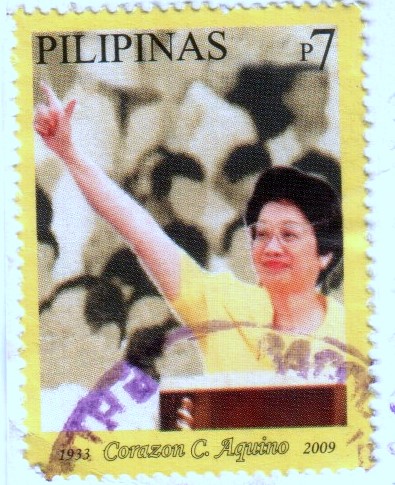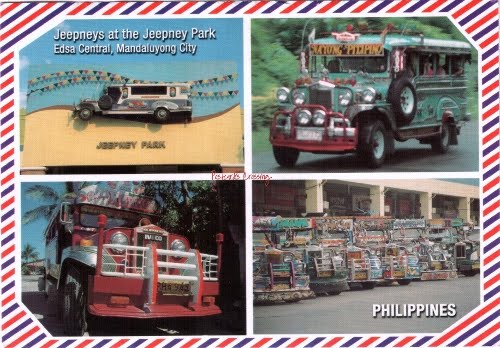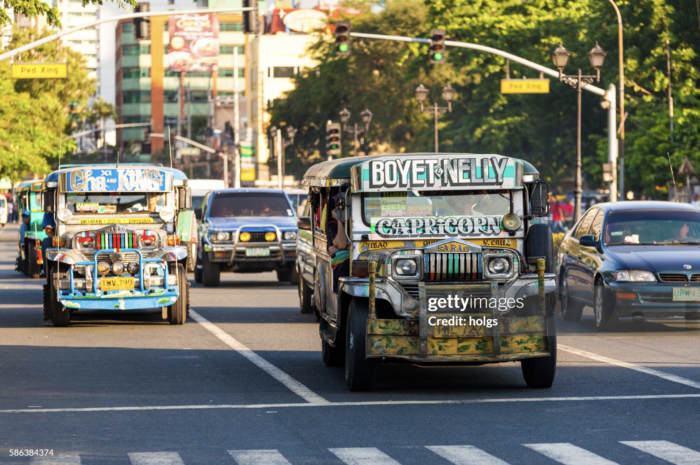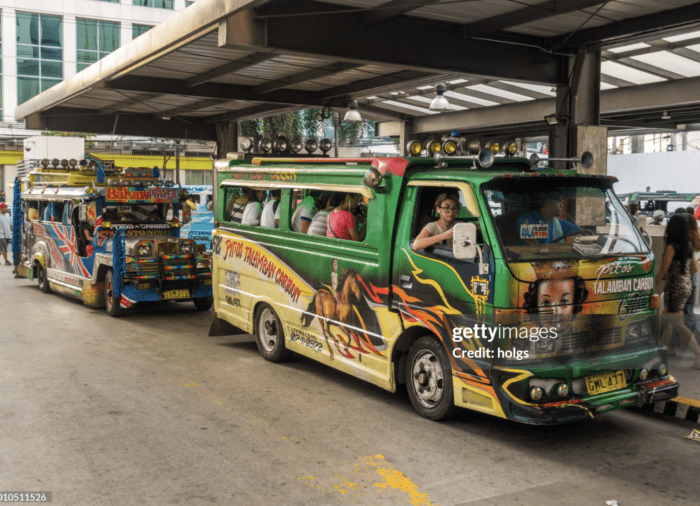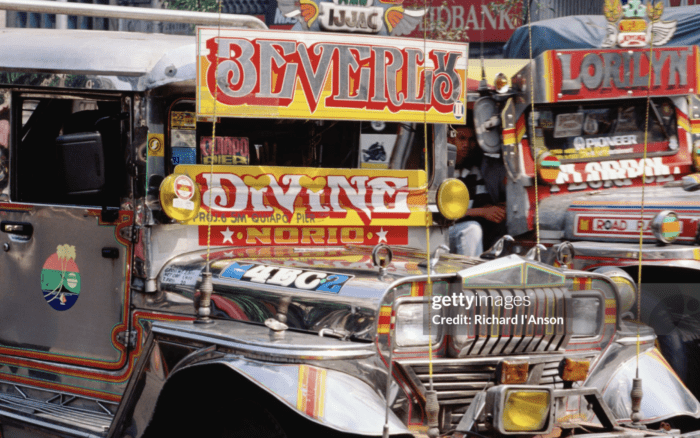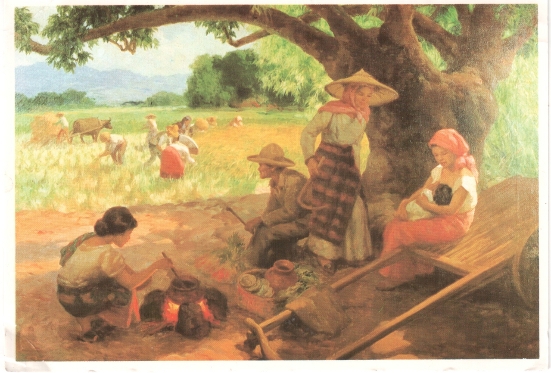In 2009, PhilPost released a limited edition series of se-tenant stamps commemorating the iconic former Philippine President Corazon C. Aquino. Known affectionately as “Tita Cory,” she was a symbol of democracy and the peaceful People Power Revolution that ousted the Marcos dictatorship.
The stamps featured a se-tenant design, this one (left) showcasing Aquino in her signature yellow dress and flashing the renowned “L” hand sign symbolizing “laban” or “fight.” This colour and gesture became an emblem of the revolution, representing the Filipinos’ determination to reclaim their freedom.
I vividly remember the days of the People Power Revolution. As a young child, I watched the older family members as their eyes were glued to the television, watching the events unfold with a mixture of excitement and anxiety. My family was huddled together, united in their support for Aquino and the democratic movement. My mum was also constantly on the phone, worried about my father who was working in Manila at that time and could not leave the city. The “laban” sign remains, for me, a powerful symbol representing our – the Filipino people’s -ongoing struggle for democracy and peaceful resistance against threats to our rights and freedoms.
The stamps were released a month after Aquino’s passing*, coinciding with the birthday of the Blessed Virgin Mary, reflecting her deep Catholic faith. The limited edition Cory Aquino stamps were so popular that they sold out overnight. PhilPost had to reprint a second edition (not in photo) released in September 18 to satisfy the overwhelming demand, a testament to the public’s affection and respect for the late president.
*Tita Cory passed away on August 1, 2009, leaving a nation in mourning.As the first female president of the Philippines, and Time Magazine’s Woman of the Year in 1986, she led the nation through a period of great turmoil, demonstrating courage and unwavering commitment to her people. The collective grief and reverence for the Aquino family were palpable during the five-day wake, culminating in her interment at Manila Memorial Park in Parañaque City, alongside her late husband, the revered Sen. Benigno “Ninoy” Aquino Jr., on August 5.
More Sunday Stamps over at Violet’s, See it on a Postcard.
